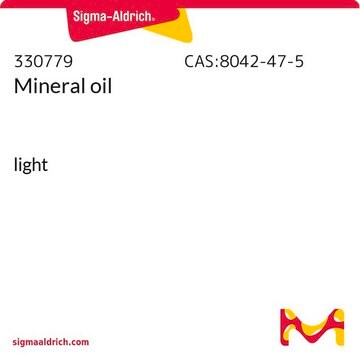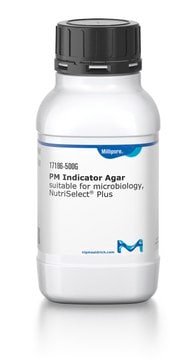M89617
Mucic acid
97%
Synonym(s):
Galactaric acid, MTPA, Saccharolactic acid, Tetrahydroxyadipic acid, Tetrahydroxyhexanedioic acid
About This Item
Recommended Products
Quality Level
assay
97%
form
powder
mp
220-225 °C (dec.) (lit.)
SMILES string
O[C@@H]([C@@H](O)[C@H](O)C(O)=O)[C@@H](O)C(O)=O
InChI
1S/C6H10O8/c7-1(3(9)5(11)12)2(8)4(10)6(13)14/h1-4,7-10H,(H,11,12)(H,13,14)/t1-,2+,3+,4-
Inchi Key
DSLZVSRJTYRBFB-DUHBMQHGSA-N
Looking for similar products? Visit Product Comparison Guide
Related Categories
Application
- 2,3,4,5-tetra-O-acetylgalactaric acid (AGA) which is used as a monomer unit along with adipic acid for the synthesis of copolyanhydrides.
- Muconic acid and adipic acid.
It can be also utilized in the surface modification of monodisperse water-soluble magnetic nanoparticles.
Storage Class
11 - Combustible Solids
wgk_germany
WGK 2
flash_point_f
Not applicable
flash_point_c
Not applicable
ppe
Eyeshields, Gloves, type N95 (US)
Choose from one of the most recent versions:
Already Own This Product?
Find documentation for the products that you have recently purchased in the Document Library.
Customers Also Viewed
Our team of scientists has experience in all areas of research including Life Science, Material Science, Chemical Synthesis, Chromatography, Analytical and many others.
Contact Technical Service












